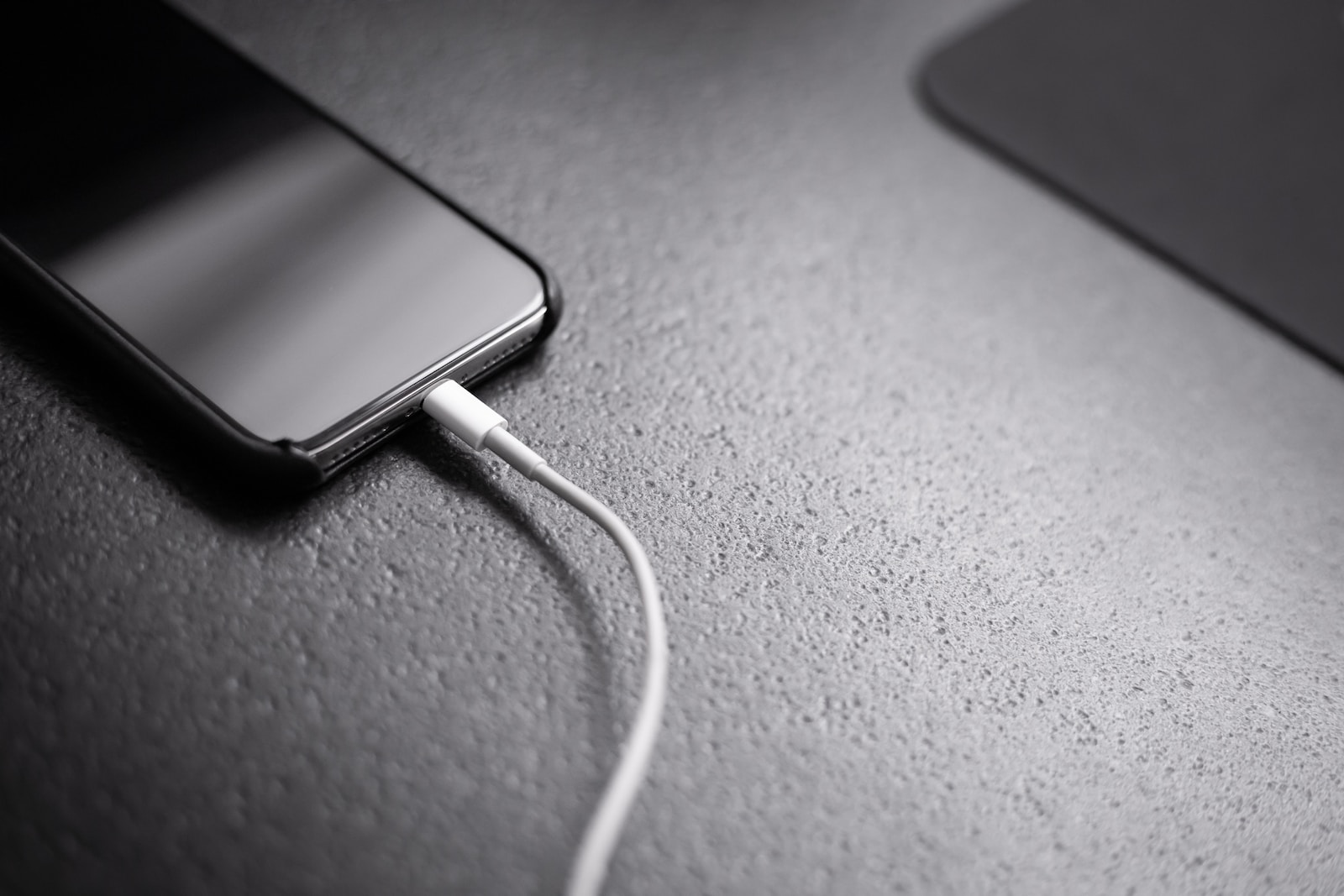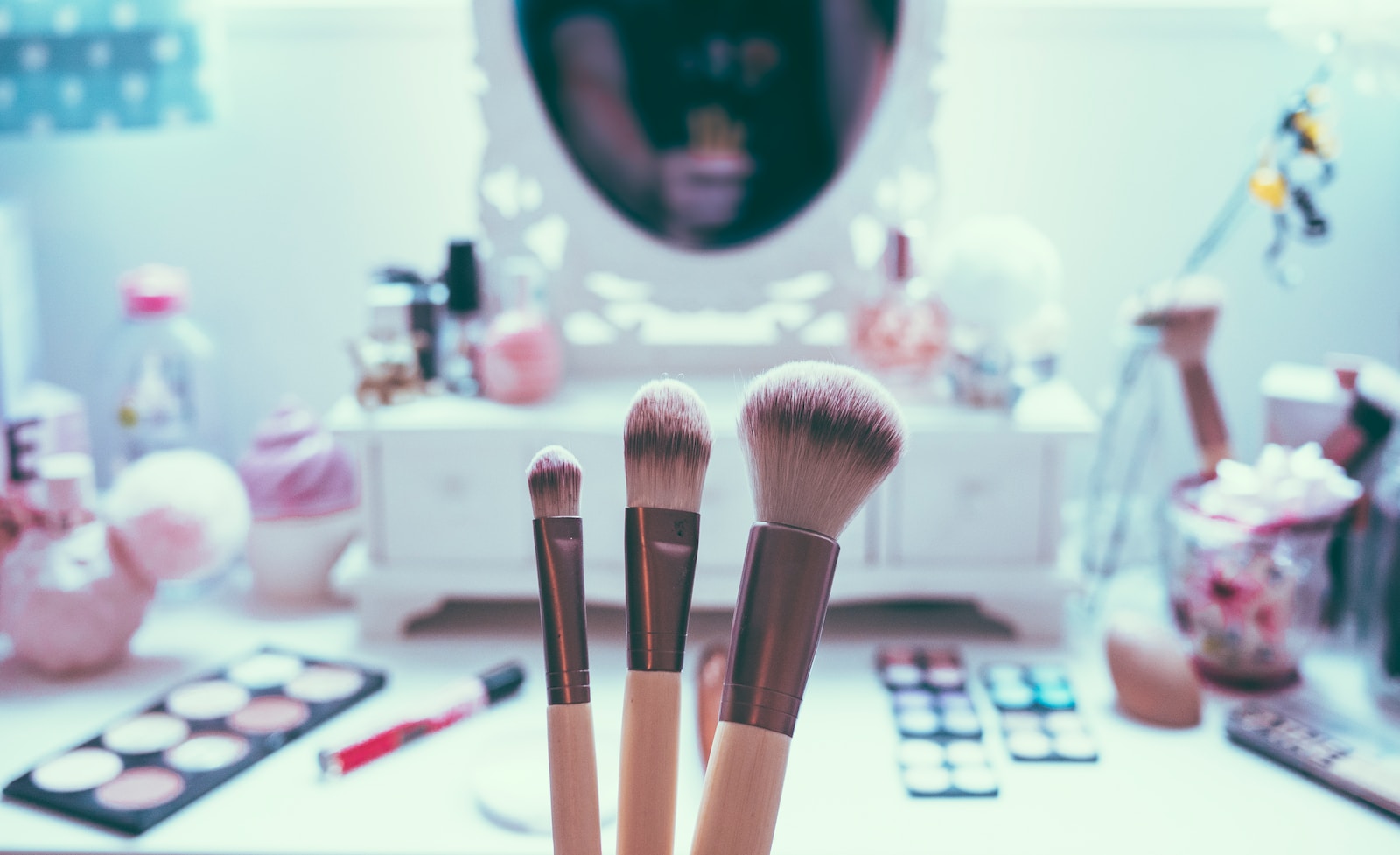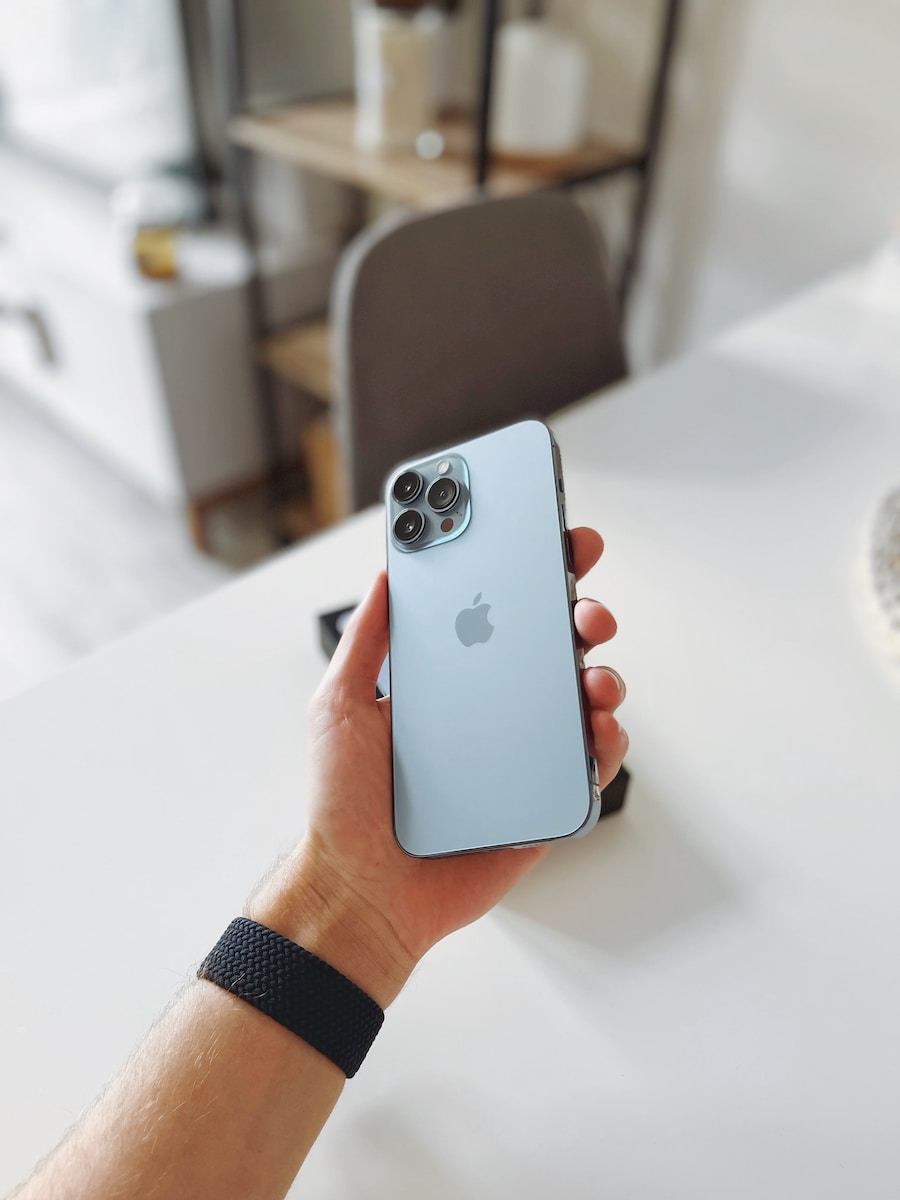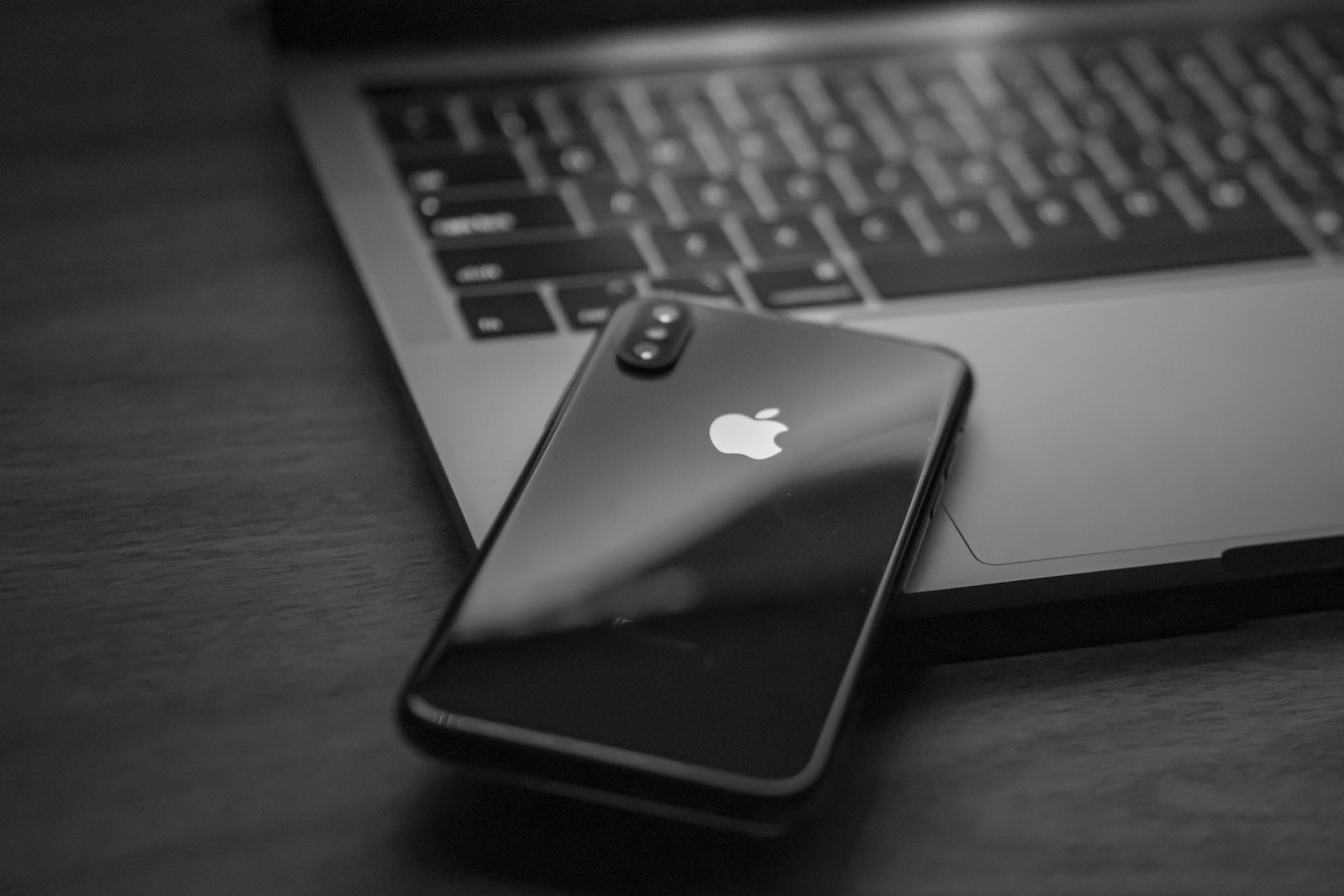What is the best way to clean an iPhone charging port?
The iPhone has become an essential part of our daily lives, keeping us connected and entertained at all times. However, with constant use, the charging port can easily accumulate dirt, dust, and lint, which can hinder the charging process. If you’re experiencing charging issues, it’s probably time to give your iPhone charging port a good clean. But what is the best way to do that? Let’s find out!
Before we dive into the cleaning process, it’s important to remember a few key points. First, always make sure your iPhone is turned off and disconnected from any power source before attempting to clean the charging port. Secondly, use gentle and non-abrasive materials to prevent any damage. Now, let’s get started!
1. Gather the necessary tools: You’ll need a soft, lint-free cloth, a wooden or plastic toothpick, and a can of compressed air. These items can easily be found at most electronic stores or online.
2. Inspect the charging port: Take a close look at the charging port to assess the amount of dirt or debris present. If you can visibly see lint or dust, proceed to the next step. If not, cleaning may not be necessary.
3. Use the toothpick: Gently insert the toothpick into the charging port, being careful not to apply too much pressure. Gently scrape the bottom and sides of the port to loosen any dirt or debris that may be stuck. Be cautious not to damage any of the small metal connectors inside the port.
4. Blow away the loosened dirt: Once you have loosened the dirt with the toothpick, use the can of compressed air to blow away any remaining debris. Hold the can upright and aim the nozzle directly into the charging port. Give it a few short bursts of air to clear out any remaining particles.
5. Wipe down the port: Take the soft, lint-free cloth and gently wipe the inside of the charging port. Make sure to remove any remaining dust or lint that may be stuck. Be careful not to use excessive force or apply too much pressure, as this could damage the port.
6. Repeat if necessary: If you can still see dirt or debris after completing the above steps, repeat the process until the charging port is clean. Remember to be gentle and take your time to avoid causing any damage.
7. Test the charging port: Once you have completed the cleaning process, reconnect your iPhone to a power source and see if it charges properly. If you are still experiencing issues, it may be time to seek professional help or consult with the Apple Support team.
Regularly cleaning your iPhone charging port can help prevent charging issues and ensure that your device functions properly. It’s a simple task that can be done at home with just a few tools. If you follow these instructions, you can maintain a clean charging port and prevent any unnecessary annoyance.



